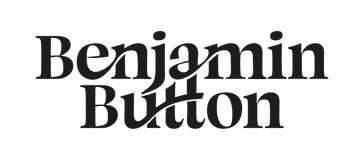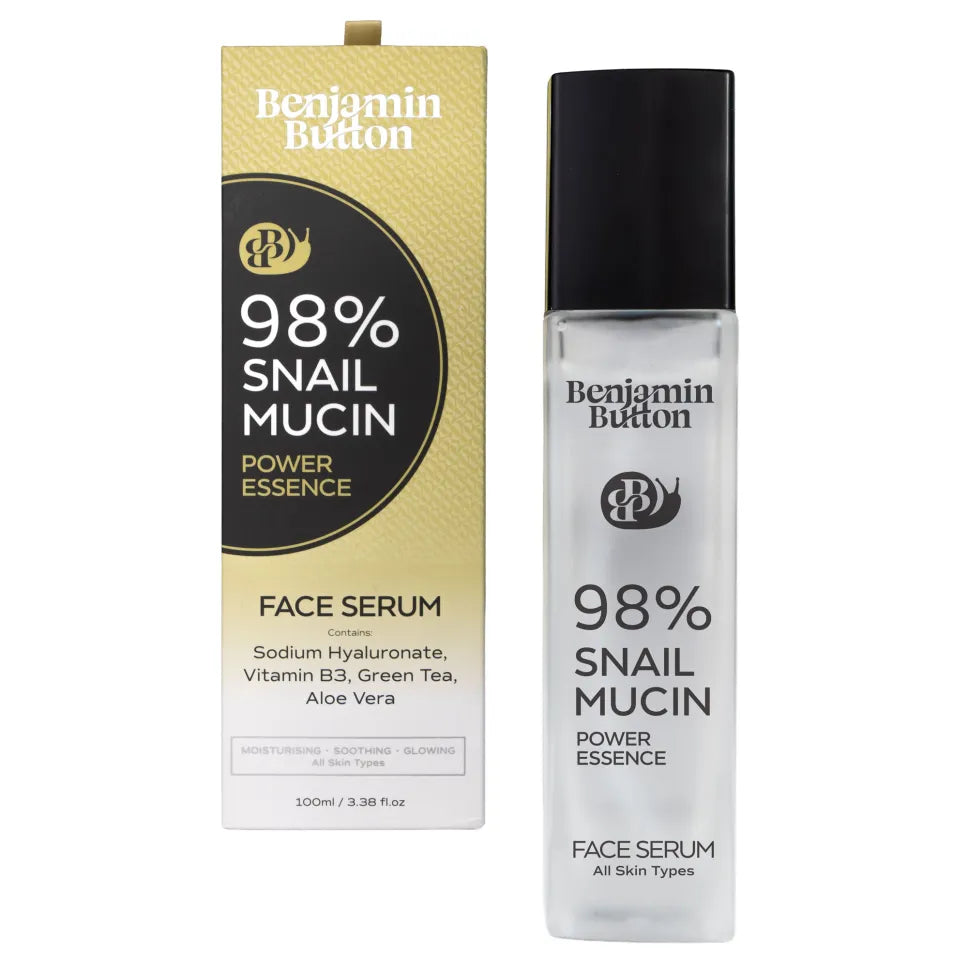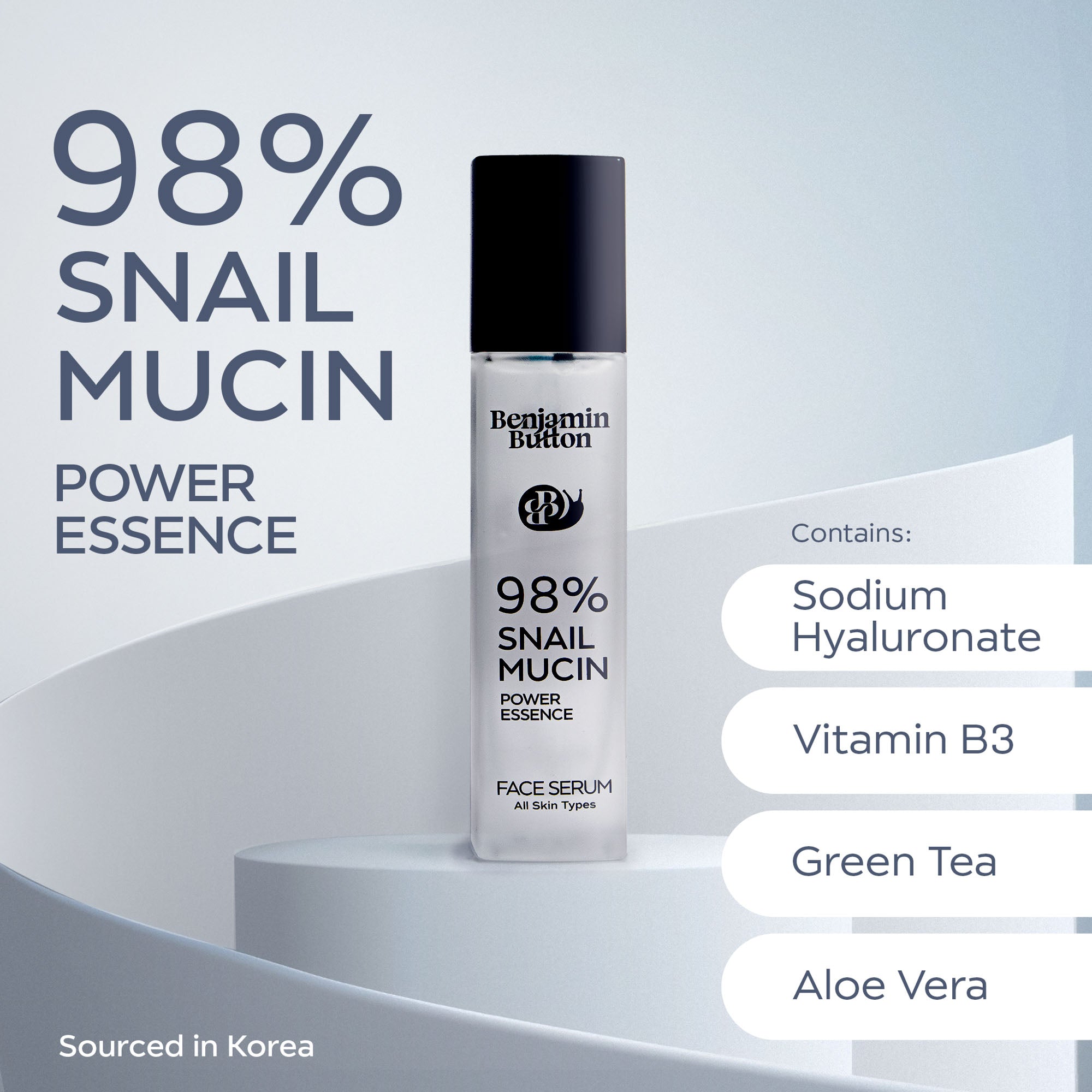Understanding Em Dashes and Hyphens in Language
When it comes to punctuation, em dashes and hyphens are two common characters that often spark debate among writers, editors, and linguists alike. The distinctions, while subtle, can greatly alter the meaning and readability of a sentence. This generational debate not only highlights the evolution of language but also emphasizes how these punctuation marks play a significant role in contemporary communication.What Are Em Dashes?
Em dashes are versatile punctuation marks that serve various purposes in writing. Their visual length denotes significance, replacing other punctuation for enhanced clarity and style. In written form, an em dash looks like this—.- Separating clauses: Em dashes can replace commas, parentheses, or colons for emphasis or to clarify a sentence. For example: “I love ice cream—especially chocolate.”
- Creating breaks in thought: They can indicate an abrupt change in thought or a sentence’s continuation. Example: “He was ready to leave—but wait, where’s my hat?”
- Highlighting interruptions: Em dashes can denote interruptions in dialogue, improving the conversational flow. Observe: “I thought you said—” “Never mind what I said!”
Understanding Hyphens
Hyphens, by contrast, are more straightforward yet no less significant in their purpose. They are primarily used to join words or parts of words together, serving as a connector rather than a separator.- Creating compound words: Hyphens are essential for forming compound adjectives, such as “well-known author” or “high-quality products.”
- Indicating word breaks: When a word is too long for a line, hyphens signal a break in the word, allowing for continued reading without confusion.
- Clarifying meaning: In phrases like “re-sign” (to sign again) versus “resign” (to relinquish a position), hyphens protect against ambiguity.




















